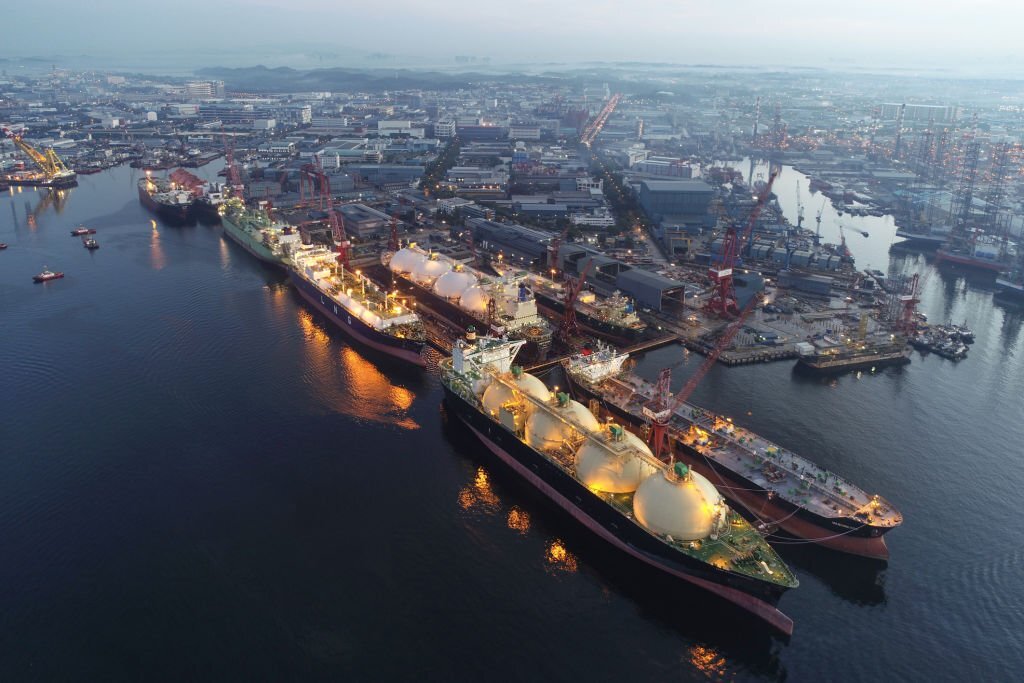
Introduction:
The maritime industry is the backbone of global trade and connectivity, facilitating the movement of goods, people, and resources across the world’s oceans. Behind the scenes of this intricate network lies an array of specialized marine equipment that ensures the seamless operation of marine transportation. From the vessels themselves to the equipment that guides, supports, and enhances their journeys, this article delves into the diverse types of marine equipment that power the maritime industry.
Types of Marine Equipment in Marine Transportation:
- Cargo Handling Equipment:>
- Cranes and Hoists: These are used to load and unload cargo onto and from vessels in ports and terminals.
- Forklifts and Conveyor Belts: These facilitate the movement of cargo within the vessel’s hold or on the quayside.
- Navigation and Communication Equipment:
- Radar Systems: Radar aids in navigation by detecting other vessels, obstacles, and landmasses.
- GPS (Global Positioning System): GPS enables precise vessel positioning, navigation, and route planning.
- AIS (Automatic Identification System): AIS allows vessels to exchange information about their positions, speeds, and intentions, enhancing collision avoidance.
- VHF Radios: VHF radios are used for ship-to-ship and ship-to-shore communication.
- ECDIS (Electronic Chart Display and Information System): ECDIS provides digital navigational charts and assists in safe route planning.
- Propulsion and Power Equipment:rong>
- Engines: Marine engines, such as diesel engines or gas turbines, provide the power required for vessel propulsion.
- Propellers and Thrusters: These components generate thrust to propel the vessel forward or enable maneuverability.
- Auxiliary Generators: Generators supply electricity for onboard systems, lighting, and equipment.
- Safety Equipment:
- Lifeboats and Liferafts: These are essential for evacuating passengers and crew in case of emergencies.
- Lifebuoys and Life Jackets: Safety equipment designed to assist in rescuing individuals who fall overboard.
- Ballast Systems:
- Ballast Tanks: These tanks control the vessel’s stability and draft by adjusting its weight distribution through the addition or removal of water.
- Steering and Maneuvering Equipment:
- Rudders: Rudders control the direction of the vessel by adjusting the flow of water around the hull.
- Bow Thrusters: These provide lateral thrust to aid in maneuvering, especially in confined spaces such as ports.
- Weather Forecasting and Monitoring Equipment:
- Weather Satellites: These provide real-time weather data that aid in route planning and avoiding adverse conditions.
- Weather Stations: Onboard weather stations monitor atmospheric conditions to help vessels adapt to changing weather.
- Loading and Unloading Systems:
- Container Cranes: These specialized cranes are used to load and unload containers from container ships.
- Conveyor Systems: Conveyor belts facilitate the movement of bulk cargo, such as grains and minerals, into and out of the vessel’s hold.
- Fuel and Fluid Transfer Equipment:
- Bunkering Systems: These systems transfer fuel (bunker fuel) from storage tanks to the vessel’s engines.
- Pumping Systems: Pumping systems transfer fluids such as water, oil, and chemicals within the vessel.
- Waste Management Systems:
- Sewage Treatment Plants: These plants treat onboard sewage before discharging it into the sea.
- Garbage Compactors: Garbage compactors manage waste generated onboard to minimize environmental impact.
Specialized Vessel Equipment:
- Tanker Vessels:
- Cargo Pumping Systems: These systems load and unload liquids, such as oil and chemicals, from tanker vessels.
- Container Vessels:
- Bulk Carrier Vessels:
- Cargo Hold Covers: These covers protect bulk cargo from exposure to weather conditions during transport.
- Ro-Ro (Roll-On/Roll-Off) Vessels:
- Loading Ramps: Loading ramps allow vehicles to drive onto and off the vessel easily.
Innovations Shaping Marine Transportation Equipment:
- Autonomous Shipping: The development of autonomous vessels equipped with sensors and AI technology is revolutionizing navigation and operational efficiency.
- Digitalization and Connectivity: Integration of digital platforms allows for real-time monitoring of vessel systems, optimizing maintenance and operations.
- Fuel Efficiency Technologies: Innovations like hybrid propulsion, LNG (liquefied natural gas) engines, and energy recovery systems enhance fuel efficiency and reduce emissions.
Conclusion:
The world of marine transportation relies on a wide spectrum of specialized equipment that ensures the smooth flow of goods and people across the oceans. From cargo handling to navigation, propulsion to safety, each type of marine equipment plays a pivotal role in the functioning of vessels and the maritime industry as a whole. As technology continues to advance, the equipment used in marine transportation will evolve, embracing innovations that enhance efficiency, sustainability, and the seamless movement of goods in the vast expanse of the world’s waters.

